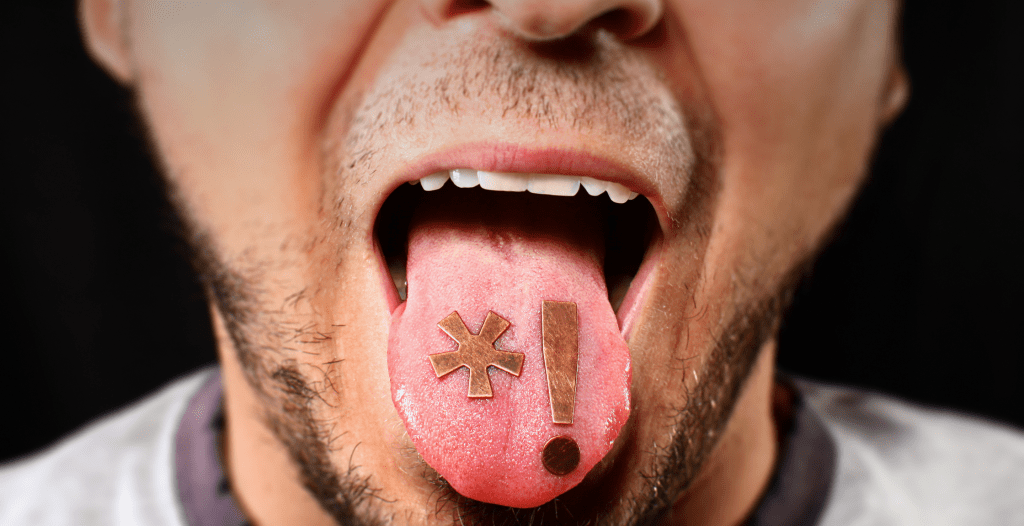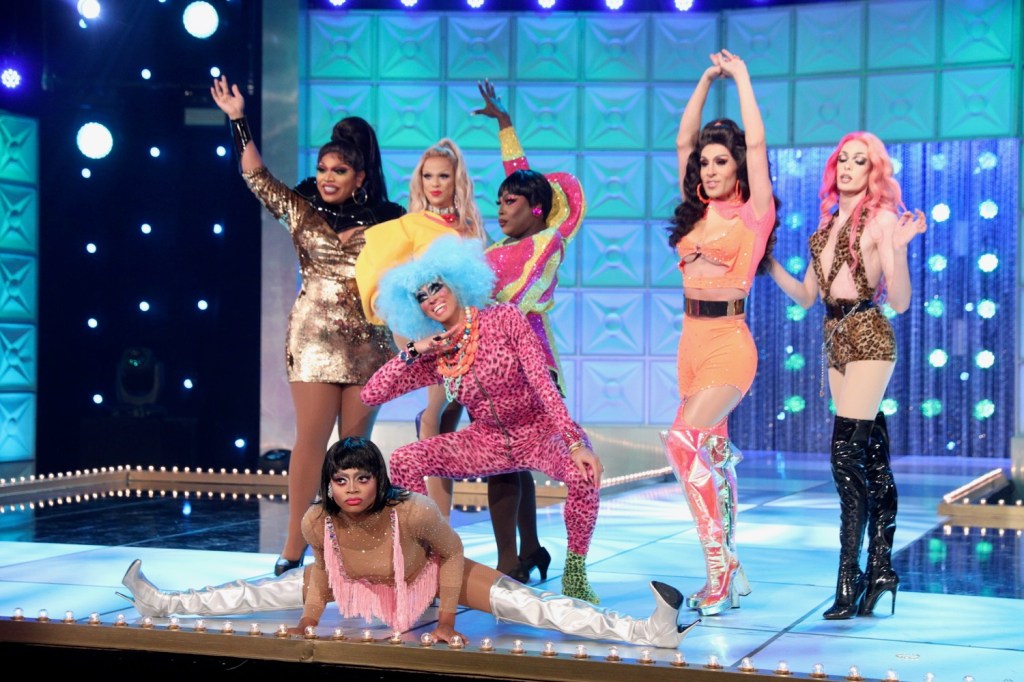Since the coronavirus started spreading in the U.S., my life has become a seemingly never-ending series of chores, mostly performed in soft pants and Crocs. Sure, I’m doing my hair and makeup and attempting to cultivate an indoor style centered on pastel Adidas tracksuits, but I still feel dull, like the beginning-of-The-Wizard-of-Oz version of myself.
But working my way through RuPaul’s Drag Race with my girlfriend is giving me a much-needed dose of delight and camp during this otherwise monotonous and somber time. The show, now in its twelfth season, is exuberant, glamorous, and genuinely funny. The ultimate job of a drag queen is to entertain, which means Drag Race is essentially a competition between very talented people whose entire goal is making sure that you have a great time.
Videos by VICE
Like most reality TV shows, you don’t have to work too hard when watching Drag Race, but there’s also far more impressive competition and hard work than there is manufactured drama. (That said, if you do want to get the drama, watch each episode’s corresponding episode of Untucked.)
The show—and the fandom—is also very gay, offering a connection to the LGBTQ community that you might be missing right now, especially if you’re a straight would-be bachelorette.
If you’re just getting into Drag Race, I recommend catching up on the current season (and then Untucked) on VH1.com or On Demand; eight episodes have aired so far, so you can easily catch up over a few days. This season’s competitors are wildly talented, and starting here will give you a sense of the show’s format and make it possible to join in the fan conversations in real-time going forward. From there, you can start to watch older episodes on Hulu and/or Amazon; I’d go with All Stars 2 and All Stars 3, but you really can’t go wrong with any of them.
Once you’ve done that, the extended Drag Race cinematic universe will begin to reveal itself to you. Getting into a long-running show with a huge fan base is an ideal self-isolation activity because there’s so much existing content that will feel entirely new to you, and it’s not difficult to find or access it. (Given Drag Race’s huge back catalog and my current pacing, there is a not-insignificant chance I will emerge from quarantine fully beat and at least 10% bitchier…. or at least just wearing the platform version of my Crocs.)
Once you’re ready to expand your Drag Race horizons, here are my recommendations:
- Follow your favorite queens on Instagram to find out when/where they are streaming live shows, and then tune into those. (Drag, like the rest of the nightlife industry, is getting hit particularly hard right now, so buying tickets and/or tipping during these shows is a great way to directly support your favorite queens.) I’ve watched a bunch of these performances already and they are all delightfully low-budget/experimental and really, really fun.
- Work your way through the vast catalog of Trixie Mattel and Katya Zamolodchikova’s show, which has appeared in a few different iterations (UNHhhh, I Like to Watch) across channels (including Viceland and Broadly) over the years. New episodes of Trixie & Katya Save the World are currently being made in quarantine and airing each week on WOW Presents. (Trixie and Katya’s show is actually my favorite part of all of this, and it totally stands alone; I’d recommend getting into it even if you don’t watch Drag Race proper.)
- Read old Drag Race recaps on Vulture or Tom & Lorenzo, or dig up old profiles of the show.
- Check out Tom and Lorenzo’s new book, Legendary Children: The First Decade of RuPaul’s Drag Race and the Last Century of Queer Life.
- Listen to RuPaul and Michelle Visage’s podcast, What’s the Tee?
- Watch We’re Here, a six-part unscripted series starring Bob the Drag Queen, Eureka O’Hara, and Shangela Laquifa Wadley that premiered on HBO last night.
- Add Moving Parts, a documentary about Trixie Mattel, to your Netflix queue.
- If you want to go beyond RuPaul’s Drag Race, give The Boulet Brothers’ Dragula on Netflix a try.
- Simply type your favorite queens’ names into the YouTube search and see what comes up! I’ve found that drag queens frequently show up outside of their own channels. Condé Nast publications, in particular, have done a lot of content with queens over the years, so if you love, say, the Bon Appétit test kitchen, you are in luck.
- Bonus: Make a point to do any of the above on weekend mornings with eggs and mimosas—i.e., recreate drag brunch at home.
Drag has always been rooted in community, connection, and doing what you can with what you have; in finding a way to laugh at yourself and bring joy to others even when the world feels incredibly hostile. When things feel particularly dark, the wild transformations that are core to Drag Race help me remember that it’s always possible for a person (or a situation) to radically change into something magnificent.
Sign up for our newsletter to get the best of VICE delivered to your inbox daily.
Rachel Wilkerson Miller is the author of The Art of Showing Up: How to Be There for Yourself and Your People, coming May 2020. Follow her on Twitter.
More
From VICE
-

Photo: CHRISsadowski / Getty Images -

Photo: Adrienne Bresnahan / Getty Images -

Photo: maiteali / Getty Images

